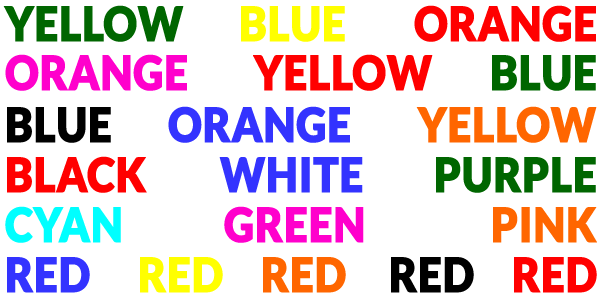Some languages don t have words for every color

Some languages don’t have words for every color.
Language is a powerful tool that shapes the way we perceive and understand the world around us. It influences our thoughts, emotions, and even our perception of colors. While it may seem that colors are universal concepts, a fascinating fact is that not all languages have words to describe every color.
According to a study conducted by researchers at the University of Sussex, the vocabulary of a language can significantly impact how its speakers perceive and categorize colors. For example, in English, we have distinct words for colors like red, blue, and green. However, some languages, such as Dani of Papua New Guinea and the Himba people of Namibia, have a limited color vocabulary and do not distinguish between certain colors.
The linguistic theory that explores this phenomenon is known as the Sapir-Whorf hypothesis or linguistic relativity. It suggests that the structure and vocabulary of a language determine the way individuals perceive and think about the world. It implies that the words available to describe colors in a language can shape how individuals see and categorize those colors.
In the case of Dani and the Himba people, they have a significantly smaller set of color words compared to languages like English. For example, the Dani language only has two color terms, mili for dark and mola for bright colors. Similarly, the Himba language only has five basic color terms: zuzu (dark shades of blue, green, and black), vapa (white, some light shades of yellow), buru (red and some shades of brown), dambu (yellow and some shades of green), and zeru (some shades of blue and green).
The limited vocabulary of these languages doesn’t mean that speakers are unable to perceive or differentiate between different colors. Research suggests that they can still perceive variations in color shades, but they are more attuned to subtle differences within their limited spectrum.
This linguistic influence on color perception has also been observed in other studies. For example, the study conducted by the University of Sussex mentioned earlier involved English speakers and speakers of the Berinmo language of Papua New Guinea. The researchers found that English speakers were more accurate in distinguishing between colors close to the center of the color spectrum, such as blue and green, while Berinmo speakers excelled in distinguishing colors near the boundaries, such as dark blue and dark green.
These findings shed light on the intricate relationship between language and perception. They highlight the importance of language in shaping our understanding of the world, including how we perceive and categorize colors. This research also challenges the notion of colors as universal concepts, emphasizing the role of cultural and linguistic influences on our perception.
To further understand the impact of language on color perception, additional studies are needed. Exploring various languages and cultures can provide valuable insights into how our linguistic systems shape our experiences of color. As our understanding deepens, we gain a richer appreciation for the intricate connections between language, culture, and human perception.
Sources:
Tags
Share
Related Posts
Quick Links
Legal Stuff



